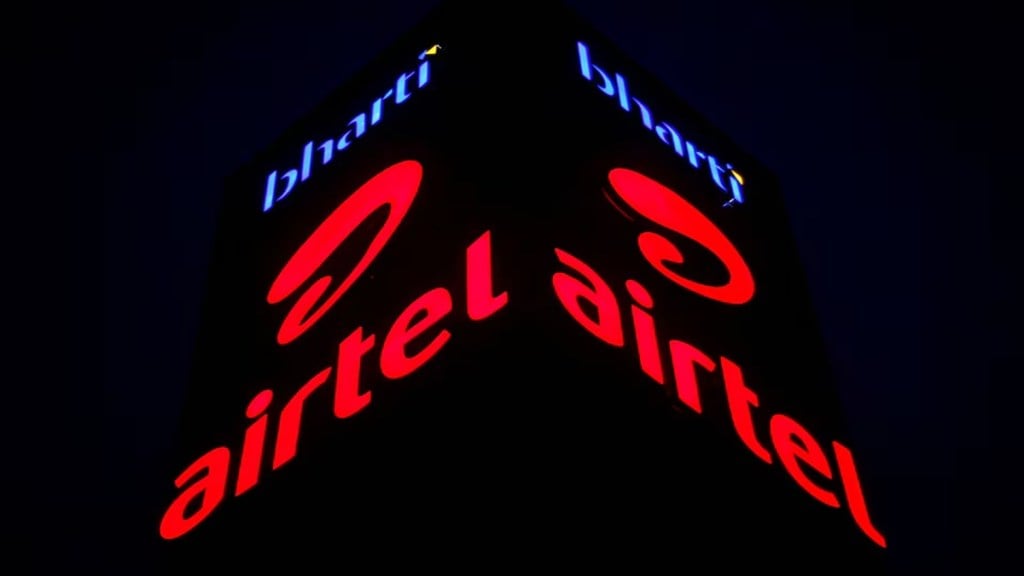Bharti Airtel is expected to report a steady financial performance for the first quarter of FY26, driven by modest subscriber additions and gradual improvement in average revenue per user (Arpu).
Revenue aided by Arpu growth, subscriber mix
Analysts expect the company’s India mobile business to post 1.6-3.3% sequential revenue growth, aided by one additional day in the quarter and ongoing upgrades to higher-value plans.
According to Bloomberg estimates, Airtel’s consolidated revenue is likely to rise 1.8% sequentially to Rs 49,762 crore, while Ebitda is projected to grow to Rs 27,980 crore. Net profit is expected to come in at Rs 5,660 crore, marking an 8.4% increase over the Rs 5,223 crore reported in the preceding quarter, as better operating performance offsets pressures from depreciation and finance costs.
Analysts expect some impact of higher depreciation and finance costs, following the capitalisation of 5G spectrum and network assets towards the end of the previous quarter.
JM Financial projects 2.6% quarter-on-quarter growth in Airtel’s India wireless revenue to Rs 27,305 crore, with Ebitda rising 3.1% to Rs 16,240 crore. Axis Capital also highlighted improving network utilisation across telcos, which is expected to contribute to healthy Ebitda margins.
“Arpu is likely to improve 1.6% QoQ to Rs 249 (vs Rs 245 in Q4FY25) due to upgrades and improved subscriber mix and aided by one more day,” analysts from the brokerage said.
Enterprise pressure persists despite data growth
While subscriber additions have moderated, Airtel is expected to benefit from rising penetration of postpaid and smartphone users. IIFL sees 3.3% sequential growth in mobile revenues, helped by continued growth in fixed wireless access and broadband.
However, enterprise revenues are likely to remain soft. “We expect Q1 enterprise revenues again to be impacted as the company is exiting the low margin commodity wholesale voice business,” analysts from BofA noted. Airtel has stated that it intends to exit low-margin enterprise segments as part of its strategy.
Despite steady operating trends, UBS has flagged concerns about growth catalysts in the near term. “Recent Trai data shows Airtel’s net adds have slowed while Jio appears to be gaining market share… the quarter lacks meaningful price interventions,” UBS analysts said.
According to data released by the Telecom Regulatory Authority of India (Trai), net subscriber additions for Airtel had slowed down in May and June, though they picked up pace in July.
Bharti Airtel is expected to see a steady rise in data consumption, with per-user data usage in India reaching 25.5 GB per month in Q1FY26, up from 25.1 GB in the previous quarter. This trend reflects increasing adoption of high-speed mobile broadband and premium data plans, supported by smartphone penetration and content consumption.
For the June quarter, competitor and market leader Reliance Jio reported a significant jump in data consumption driven by healthy home additions, and the digital telecast of the Indian Premier League.
